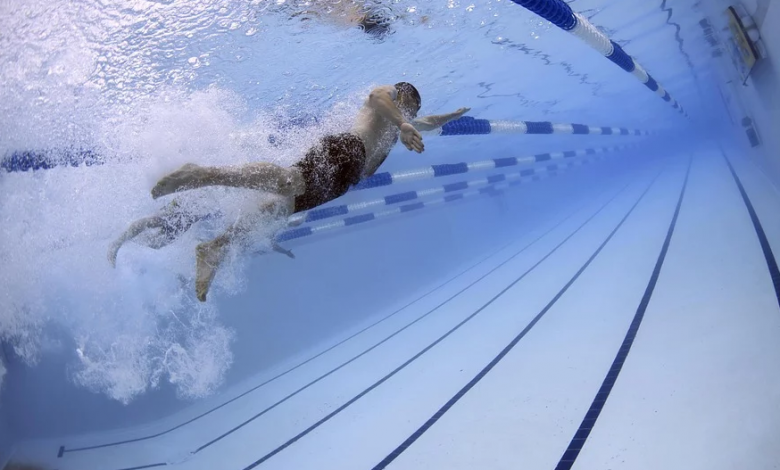How to improve the kick in swimming?
It can lead to a loss of body position and, therefore, swimming efficiency, when not done correctly.

The kick during the swim is a frequent headache for many triathletes. We hope you can improve it thanks to the exercises we propose.
The Kick of Crol does not have an excessively relevant role in propulsion, but it can mean a loss of body position and therefore eswimming ability, when it is not done correctly.
How to correctly make the kick movement?
The kick movement should start from the hip, allowing your fleet to relaxed knee and ankle so that the entire leg can perform alternative upward and downward movements without tension.
Also the legs should be held relatively together, excessive separation will increase the resistance to the advance and will cause you to lose body alignment especially when breathing.
The feet should be kept in plantar flexion and with slight internal rotation, so that the propulsion surface will increase.
We propose the following exercises
To become aware of your kick and improve it, we propose the following exercises:
Vertical kick.
In a deep area, provided with fins, he performs a kick of the upright crol. You must stay in place without moving forward or backward.
If these movements occur, it can mean that the movement is being done from the knee
Dorsal kick.
Lie on your back and grab a board keeping it on your knees. Perform an alternative kick with the tip of the feet to the surface of the water.
If the board is hit with the knees, it means that the kick is not starting from the hip.
Side kick.
Position yourself laterally with one hand or arm resting on a board. Provided with fins (or without them) perform a side kick alternative keeping your free hand on the hip that is closer to the surface.
Check that your movement starts from the hip
Shock the fins.
Swim to crap with fins bumping the fins. Having attention in that movement will make your legs come together even when you take your breath.
Swim with pullboy.
Swimming with a pullbouy is usually used not to move the legs. In this case we want you to move them so that you become aware of kicking with the next legs.
As we have mentioned at the beginning, the objective of these exercises is not propulsive, but to look for the way in which your kick does not harm your swim.
It includes daily technical work and transfers the work to the normal swim to improve your hydrodynamic position and swimming efficiency.
Laura García Cervantes

There are no previous results.




























